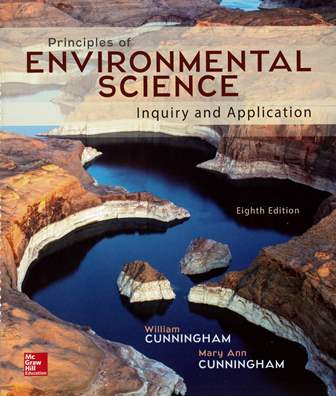書籍分類

Principles of Environmental Science: Inquiry and Application 8/e
作者:William Cunningham, Mary Ann Cunnigham
原價:NT$ 1,200
ISBN:9781259253386
版次:8
年份:2017
出版商:McGraw-Hill
頁數/規格:480頁/平裝彩色
版次:8
年份:2017
出版商:McGraw-Hill
頁數/規格:480頁/平裝彩色
內容介紹 本書特色 目錄 作者介紹
- Description
Rather than the 25 to 30 chapters found in most environmental science textbooks, the authors have limited Principles of Environmental Science: Inquiry and Applications to 16 chapters--perfect for the one-semester, non-majors environmental science course. True to its title, the goal of this concise text is to provide an up-to-date, introductory view of essential themes in environmental science along with offering students numerous opportunities to practice scientific thinking and active learning.
分類位置:
理工 > 環境工程 > 環境科學


